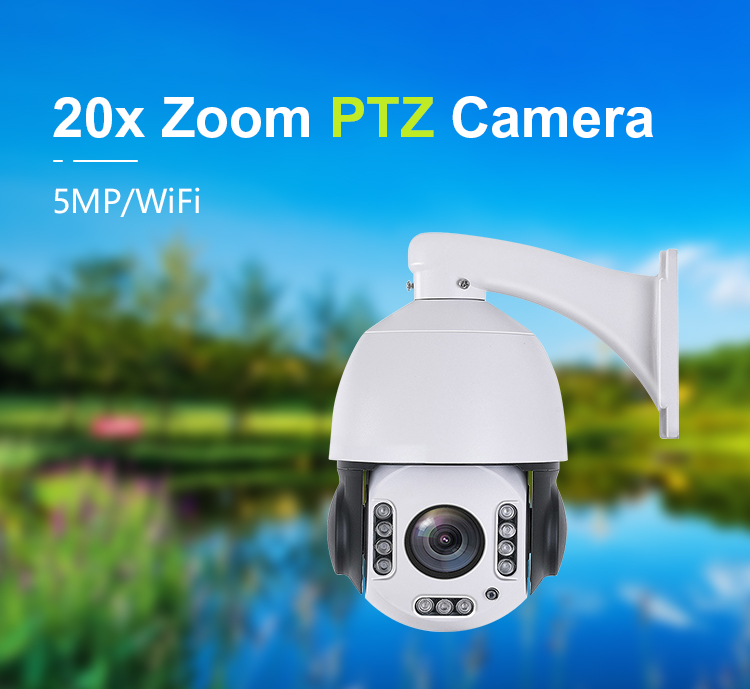CCTV camera related terms explanation
(1) Resolution: The resolution in the use of a surveillance camera refers to the number of dots displayed in the horizontal and vertical directions of the screen. The higher the resolution of the surveillance camera, the clearer the captured image.
(2) Definition: The sharpness of the surveillance camera is represented by lines, which are divided into horizontal and vertical lines. The more lines, the higher the sharpness, and the clearer the image.
(3) Signal-to-noise ratio: refers to the ratio of the signal electric frequency to the clutter electric frequency in the surveillance camera, which is often expressed by DB. The higher the signal-to-noise ratio, the better the surveillance camera, and the better the image signal, that is, the clearer the image.
(4) White balance: White balance is an index that describes the accuracy of the white color after the red, green, and blue primary colors are mixed and generated in the display. By adjusting the white balance of the camera in the surveillance camera, the color quality of the picture can be improved.
(5) Backlight compensation: When the camera is shooting in a backlight environment, a black image will appear on the screen. This is a disadvantage that cannot exist for surveillance cameras that work 24 hours a day, and backlight compensation is required at this time. When the backlight compensation function is provided, if the camera detects that the video level in an area of the captured image is relatively low, it will increase the amplitude of the output video signal to make the image clear.







